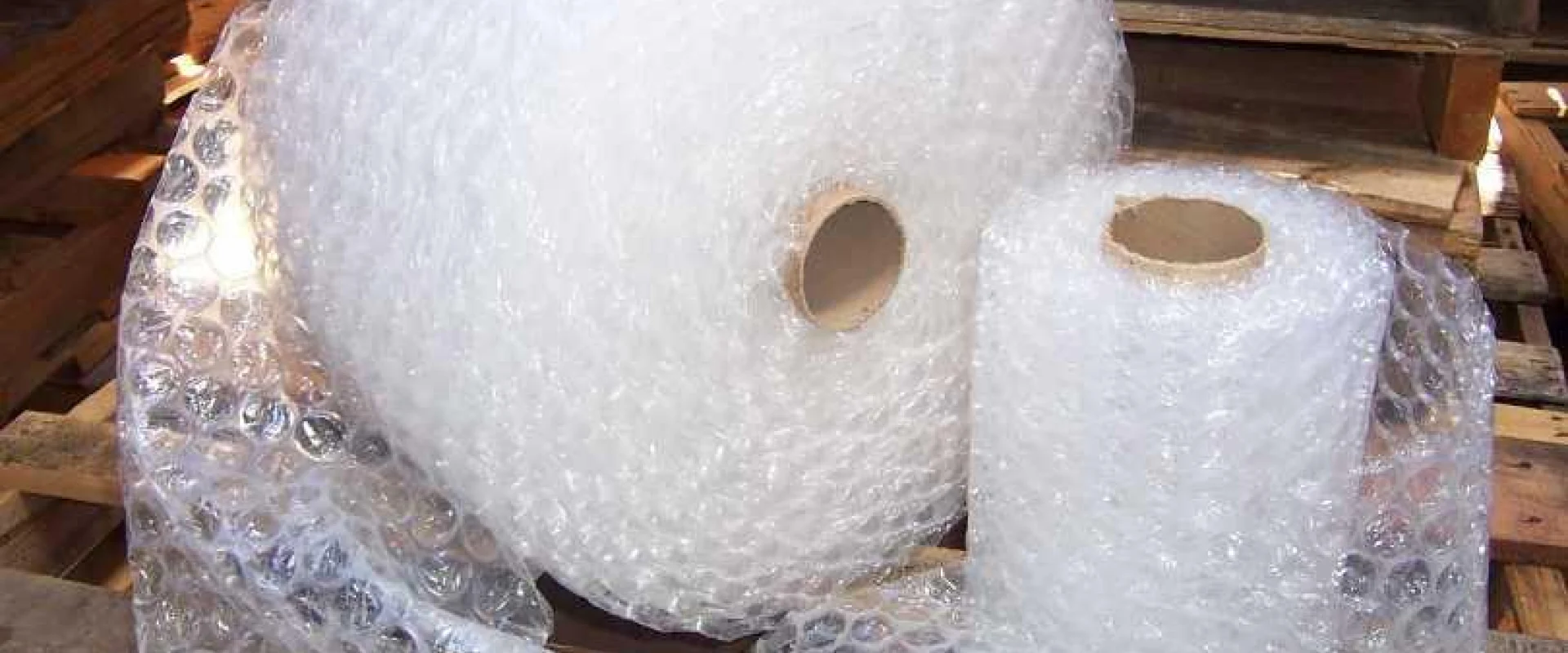Bubble wrap, a ubiquitous material in the world of packaging, is known for its distinctive air-filled bubbles that provide excellent cushioning and protection for fragile items. But did you know that this seemingly simple invention has a rich history and has evolved significantly since its creation? In this blog, we’ll explore the fascinating journey of bubble wrap from its inception to its current status as a packaging staple.
-
The Inception of Bubble Wrap
Bubble wrap was invented in 1960 by Alfred Fielding and Marc Chavannes. The story of its creation is quite serendipitous. Fielding and Chavannes, both engineers, were initially attempting to create a new type of textured wallpaper. They sealed two sheets of plastic together and created air pockets between them, unintentionally producing a bubble wrap-like material. Recognizing its potential, they shifted their focus from wallpaper to packaging.
- Inventors: Alfred Fielding and Marc Chavannes.
- Original Idea: Textured wallpaper that evolved into bubble wrap.
-
Early Adoption and Commercialization
In the early 1960s, bubble wrap was marketed as a packaging material. Its ability to provide cushioning made it ideal for protecting delicate items during shipping and handling. Despite its initial niche market, bubble wrap quickly gained popularity for its effectiveness and versatility. By the late 1960s, it was being used extensively in various industries.
- Initial Market: Packaging and shipping.
- Growth: Rapid adoption across multiple industries.
-
Innovations and Improvements
Over the years, bubble wrap has undergone several innovations and improvements. In the 1970s, a variation known as “small bubble” wrap was introduced, featuring smaller bubbles for more precise cushioning. The development of different types of bubble wrap, including anti-static and UV-resistant versions, expanded its applications and enhanced its protective properties.
- Small Bubble Wrap: Introduced for more detailed cushioning.
- Specialized Types: Anti-static and UV-resistant variations.
-
Environmental Concerns and Sustainability Efforts
As bubble wrap usage grew, so did concerns about its environmental impact. Traditional bubble wrap is made from polyethylene, which is not biodegradable. In response, manufacturers began exploring more sustainable options. Some bubble wraps are now made from recycled materials or are designed to be recyclable, addressing environmental concerns while maintaining functionality.
- Environmental Impact: Concerns about non-biodegradability.
- Sustainability: Recycled and recyclable options.
-
Bubble Wrap in Popular Culture
Bubble wrap has not only made its mark in the packaging industry but also in popular culture. It has become a symbol of fun and stress relief, with people popping the bubbles as a soothing activity. This playful aspect of bubble wrap has contributed to its widespread recognition and cultural significance.
- Popular Culture: Known for its stress-relief qualities.
- Cultural Impact: Widely recognized beyond packaging.
-
Modern Applications and Future Trends
Today, bubble wrap continues to be an essential component of packaging. Advances in technology and materials have led to more efficient and eco-friendly options. The future of bubble wrap may see further innovations in sustainability and performance, as manufacturers continue to address environmental concerns while enhancing protective features.
- Current Use: Ongoing importance in packaging.
- Future Trends: Focus on sustainability and efficiency.
Conclusion: Explore Packaging Solutions at NTXSupply.com
Bubble wrap’s journey from a failed wallpaper experiment to a vital packaging material highlights its remarkable evolution and impact. Its ability to provide superior protection and cushioning has made it a staple in various industries. For a range of high-quality packaging materials, including bubble wrap, visit NTXSupply.com. NTX Supply offers solutions tailored to meet your packaging needs, ensuring effective protection and efficiency.

